Stellantis, owner of the vehicle brands Jeep and Dodge just announced a wave of layoffs that will affect 400 workers. These white-collar workers had been told to work remotely for the day just before being fired.
Some are criticizing this trend of firing employees remotely as “cold” or “impersonal,” in a continuing discussion about how companies should be handling layoffs in the modern digital landscape.
Layoffs

A report by CNBC described the layoffs of 400 U.S. workers as due to “unprecedented” uncertainties. The layoffs will affect 2% of workers in the company’s engineering, technology, and software units.
These workers were all salaried workers, of which Stellantis employed a total of 11,800 at the end of 2023. The cuts are set to go into effect on March 31.
Company Statement

Stellantis wrote a statement blaming the layoffs on competitive pressure from global competitors.
“As the auto industry continues to face unprecedented uncertainties and heightened competitive pressures around the world, Stellantis continues to make the appropriate structural decisions across the enterprise to improve efficiency and optimize our cost structure,” the company said.
Background on Stellantis
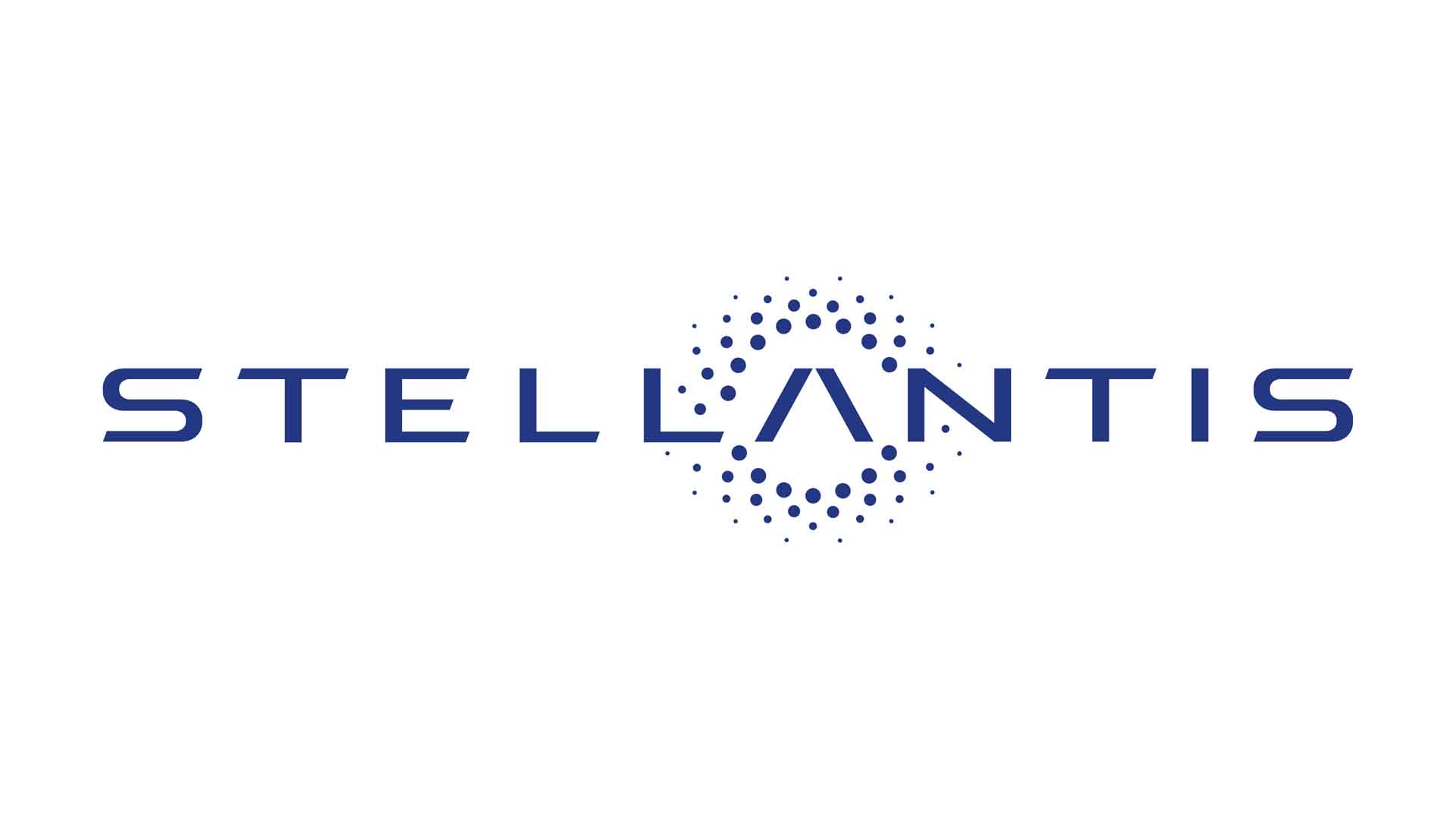
Stellantis emerged from the merger of Fiat Chrysler and PSA Groupe in 2021 (via Reuters), marking its debut as the world’s fourth-largest automaker.
This strategic consolidation aimed to harness synergies and scale innovations, positioning Stellantis to better compete in a rapidly evolving automotive market.
400 Employees

A spokeswoman for Stellantis initially refused to specify the exact number of layoffs that would be occurring. However, The Wall Street Journal reported on Friday that a source familiar with the matter had confirmed it to be around 400 people.
Sources confirmed the layoffs took place during a “mandatory remote work day” but could not go on the record because they were not authorized by the company to speak about the decision.
Impact on Local Economies

The layoffs at Stellantis facilities like the Detroit warehousing and Toledo Assembly Complex are having profound impacts on local economies (via Detroit News). These facilities have historically provided numerous jobs and stability for the community.
As jobs are cut, local businesses and municipal revenues may face declines, highlighting the interconnected nature of large manufacturers and their local economic ecosystems.
Supplemental Worker Dynamics

Stellantis’ supplemental workers, often union members earning less than full-time counterparts, play a crucial role in handling variable production needs. Recent cuts have seen many of these workers laid off, altering not only their personal lives but also the operational dynamics at Stellantis (via GM Today).
This shift comes as the company seeks greater efficiency and cost-effectiveness under the new UAW agreement.
Motivation for Cuts

The CEO of Stellantis, Carlos Tavares, has been making several moves to cut costs at the company.
The current formation of the company was established through a merger between Fiat Chrysler, and the PSA Groupe in 2021. The merger made headlines at the time because it made Stellantis the fourth-largest automaker in the world.
Union Response
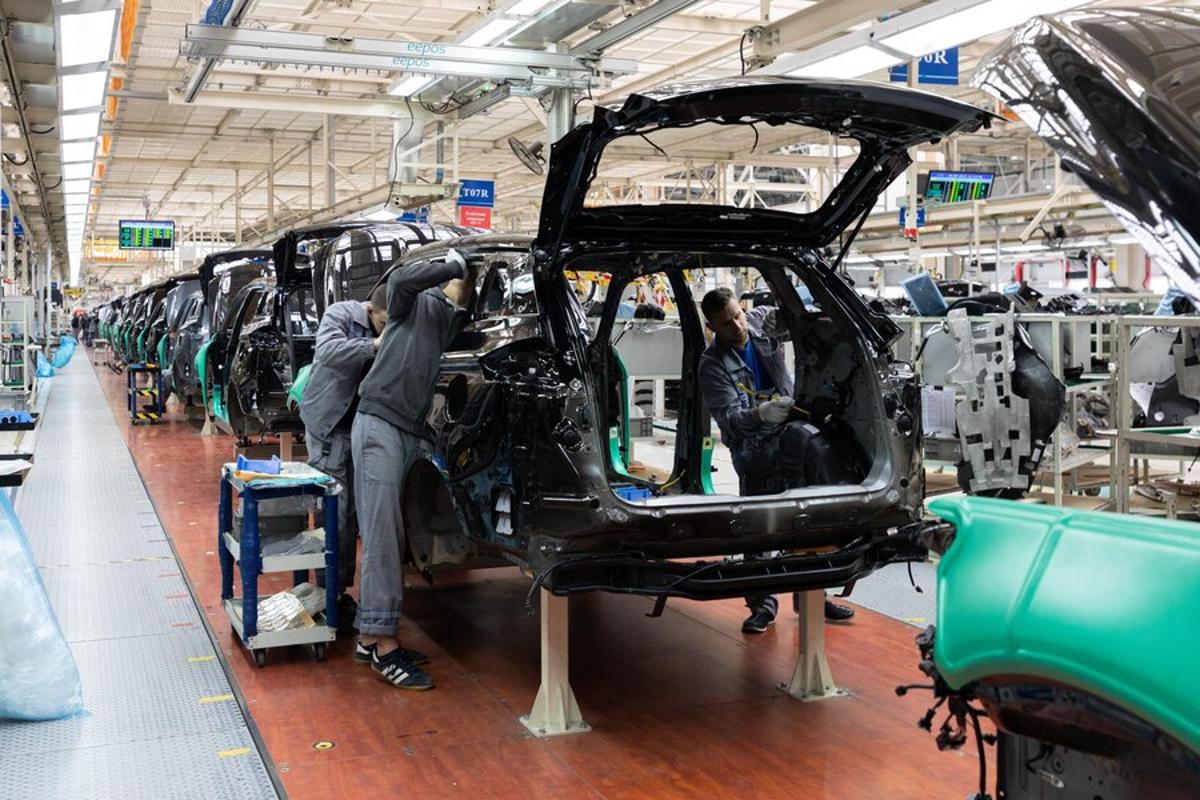
According to WTOL 11, the United Auto Workers (UAW) has actively responded to the layoffs at Stellantis, organizing petitions demanding the reinstatement of over 1,000 terminated supplemental employees.
They seek full back-pay and restoration of benefits, reflecting a push against what they view as unfair labor practices and highlighting the ongoing struggle for workers’ rights within the auto industry.
Dare Forward Plan

Tavares is overseeing a company plan to increase profits, with the goal of doubling Stallaris’ revenue by the year 2030. The plan, which is called “Dare Forward 2030,” hopes to increase the profits of the company by $335 billion.
With the company merger, there comes new pressure for Stellantis to cut costs and become more profitable for investors and shareholders. The company said that these cuts come “after rigorous organization reviews.”
A Plan for Growth

Under CEO Carlos Tavares, Stellantis is pursuing its “Dare Forward 2030” to double its revenue by 2030, with a strong focus on electric vehicle production and market expansion.
Stellantis aims to adapt to the shifting automotive landscape, where sustainability and innovation are increasingly critical.
Difficult News

In defense of the announced layoffs, Stellantis mentioned the plan as a major motivator, as well as electric vehicle production.
“While we understand this is difficult news, these actions will better align resources while preserving the critical skills needed to protect our competitive advantage as we remain laser focused on implementing our EV product offensive and our Dare Forward 2030 strategic plan,” the company said.
Global Context

Stellantis’ approach to layoffs, emphasizing digital notifications and remote terminations, mirrors a growing global trend (via Live Data Technologies).
As companies worldwide adopt similar strategies, the method of delivering such news digitally is scrutinized for its impersonal nature, sparking debates about corporate responsibility and the human aspect of business decisions.
Supplier Impact
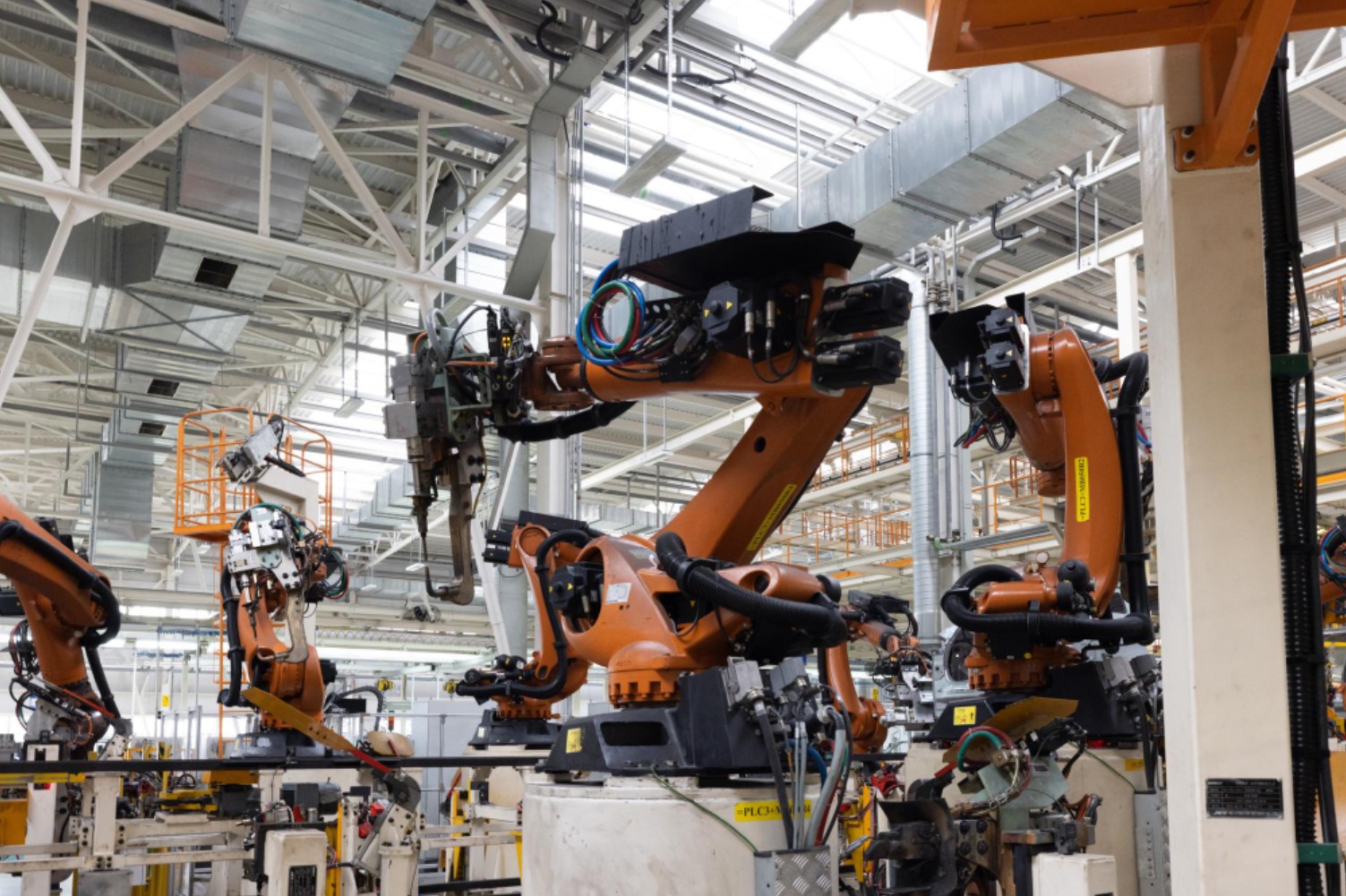
The repercussions of Stellantis’ layoffs extend to its suppliers, like KUKA and Syncreon, who have also announced cuts (via MOPAR Insiders).
These layoffs reflect the interconnected nature of the automotive supply chain, where adjustments by a major manufacturer can significantly impact its partners, affecting jobs and economic stability in the industry.
Future Labor Relations

The recent layoffs and labor negotiations at Stellantis may set precedents for future industrial relations within the automotive sector.
As the industry faces technological shifts and economic pressures, the balance between corporate efficiency and worker rights remains a critical challenge, potentially reshaping labor dynamics across the sector.
Public and Employee Reactions
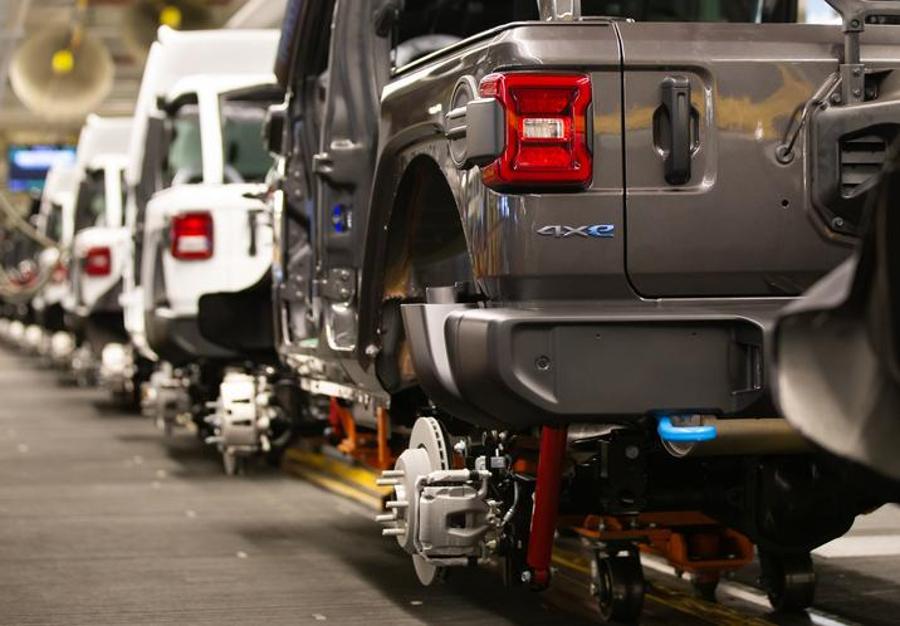
Public and employee reactions to Stellantis’ layoffs have been largely negative, with many criticizing the impersonal nature of remote dismissals.
This backlash is part of a broader discourse on how companies handle layoffs, emphasizing the need for more humane approaches to managing workforce reductions in the digital age.
Market and Financial Pressures
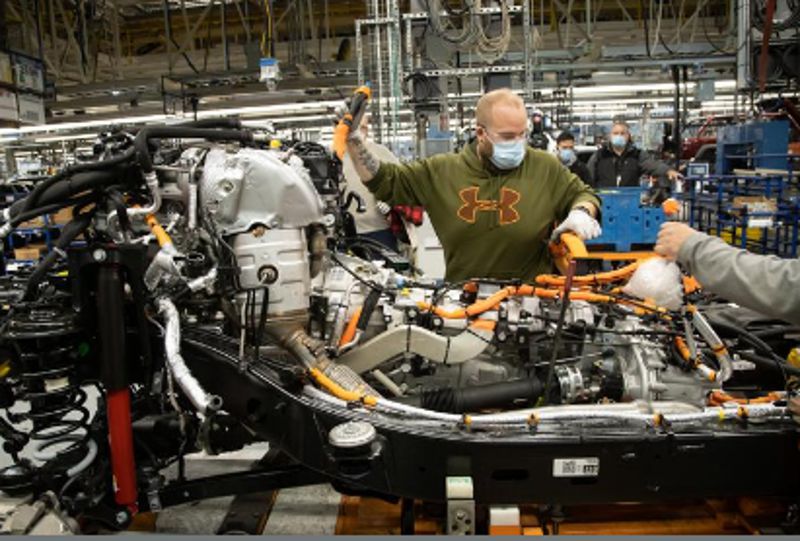
Stellantis’ layoffs come amid significant market and financial pressures, including declining demand for certain vehicle models.
These challenges compel the company to streamline operations and reduce costs, illustrating how external economic factors can drive tough corporate decisions like layoffs.
Stellantis Not Alone

These latest layoffs are not an exception among major global companies, in fact, the process of laying off workers completely digitally has become more commonplace.
Business Insider reported in December that various companies were informing fired employees through a simple email, or were just locking employees out of digital company systems.
Google Layoffs

In February 2023, Google laid off nearly 12,000 of its employees through an abrupt email that read: “We no longer have a job for you.” Google employees laid off through the email were reportedly shocked that the company would do such a thing.
“It feels very much like they are just as cutthroat corporate as anybody else,” one employee said.
Elon Musk

In the wake of Elon Musk taking control of Twitter, now X, the billionaire let go of many employees in a way that received criticism.
Employees of Twitter during Musk’s takeover didn’t even receive a formal announcement of their firing at first. They only found out that they had lost their jobs from the fact they could no longer access their company email and laptops.
Musk’s Approach
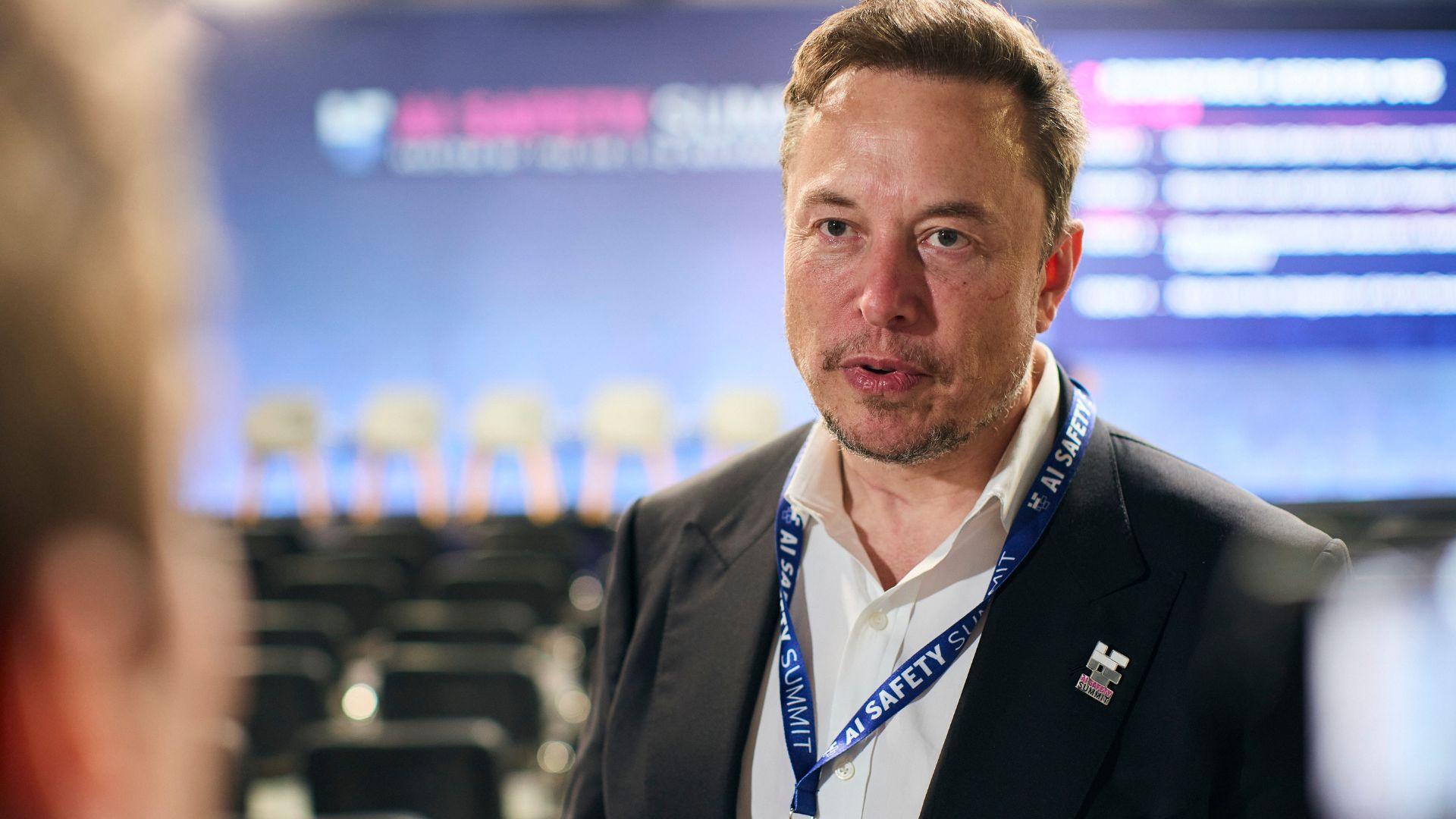
Elon Musk’s similar management of layoffs at X contrasts with traditional corporate practices.
This approach has been widely criticized as harsh and dismissive, sparking debates about the ethics of layoff practices in the tech industry.
Corporate Layoff Etiquette

The method of conducting layoffs, particularly through digital channels, is increasingly seen as a reflection of a company’s values and operational ethics.
While digital layoffs may be logistically simpler for large companies, they often lack a personal touch and can damage morale and brand reputation.
Cutthroat World

Employers are increasingly unwilling to have difficult conversations with employees over layoffs, preferring to do it digitally. It’s also more difficult when a company has so many employees to address their concerns individually.
“The sheer logistics of 400 people at once is difficult,” he explained. “If you call them in one by one, it takes days — or an army of managers or HR to do it. If you do it in one big meeting, you would have a room full of people who are all upset/angry, and that could turn ugly,” said Ben Hardy, a clinical professor of organizational behavior at London Business School.
Like a Relationship

This now common method of firing corporate employees is consistently rubbing them the wrong way and fueling the conversation around workplace etiquette.
“If an employee has had a long-term relationship with the organization and feels that they have been a loyal employee, they are likely to feel that the organization ‘owes’ them more compassion,” said Amanda Jones, a senior lecturer in organizational behavior at King’s College London.
The Road Ahead

Stellantis’ recent layoffs are just a drop in the bucket of a broader trend affecting the global workforce, highlighting the challenges and controversies around remote layoffs.
As the automotive industry and corporate world at large navigate these difficult waters, the balance between operational efficiency and ethical employment practices continues to be a critical focus.
